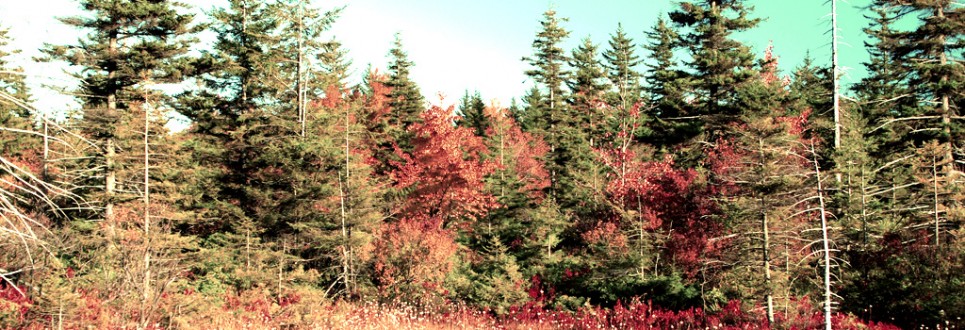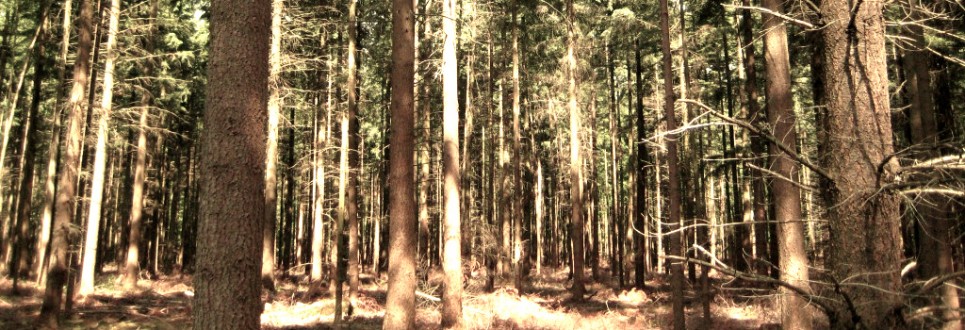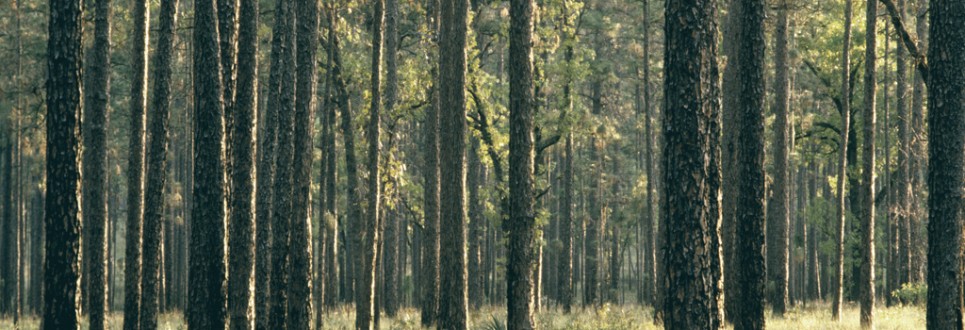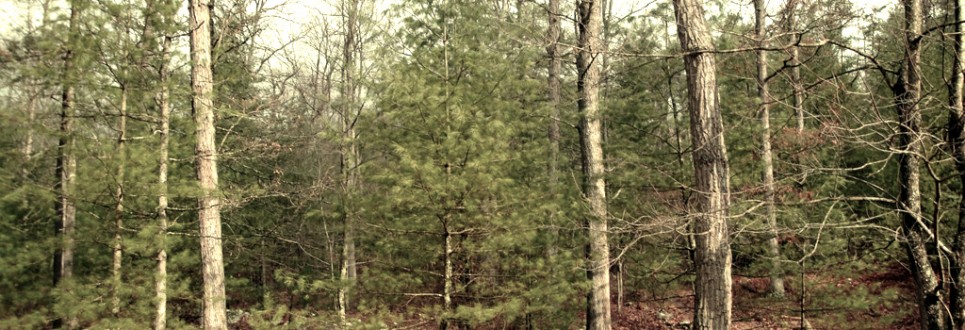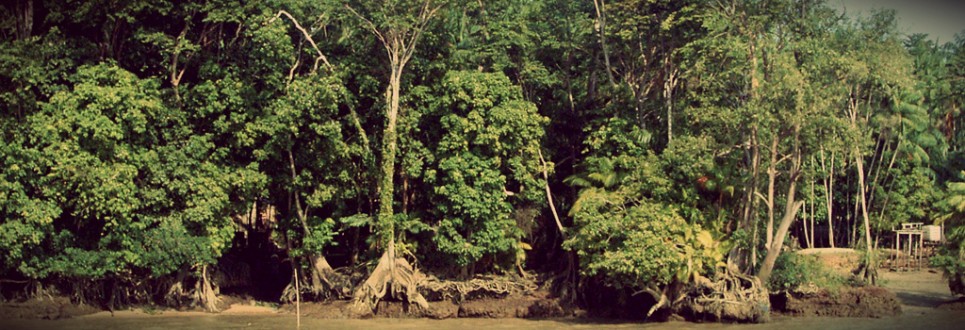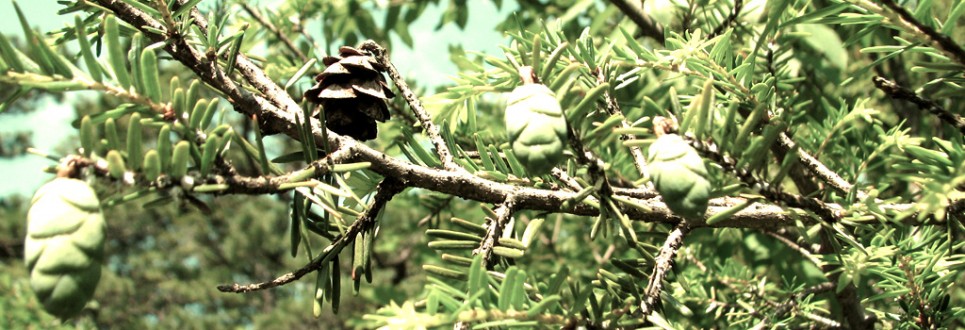 Hemlock’s are most people’s idea of what a pine tree looks like – tall, dark and thick needled. But in the city, it can seem a mystery. It’s rarely spotted among salvaged lumber, yet it was logged commercially in the East for many decades (In the 1860’s, 770 million bd. ft. were sent to sawmills). Chances are that it was milled into smaller dimensional lumber; not sizes common in New York (with the average tenement joist 20’+). When it does surface, it’s warm reddish-brown hues and dense figure make it an attractive wood for a range of applications.
Hemlock’s are most people’s idea of what a pine tree looks like – tall, dark and thick needled. But in the city, it can seem a mystery. It’s rarely spotted among salvaged lumber, yet it was logged commercially in the East for many decades (In the 1860’s, 770 million bd. ft. were sent to sawmills). Chances are that it was milled into smaller dimensional lumber; not sizes common in New York (with the average tenement joist 20’+). When it does surface, it’s warm reddish-brown hues and dense figure make it an attractive wood for a range of applications.
It can be a challenge to mill Hemlock with tear outs in the wood or knots easily blowing out when worked with modern tools, but each wood has it’s peculiar qualities. Otherwise, it’s moderately light, moderately hard, and moderately textured. It’s traditionally used in construction for light framing, but also boxes, pallets, and often, as low quality paper pulp for newsprint. So it remains an important urban wood, but as the medium for “all the news that’s fit to print”.
The species extended from Nova Scotia through Maine and New England, and west to Wisconsin. It grows best in a cool humid climates, and through all seasons. 150-year-old trees can be three feet thick and 100 feet high. It’s one of the few softwoods that tolerate shade, which causes the lower branches to hold out longer, producing a knottier wood.
